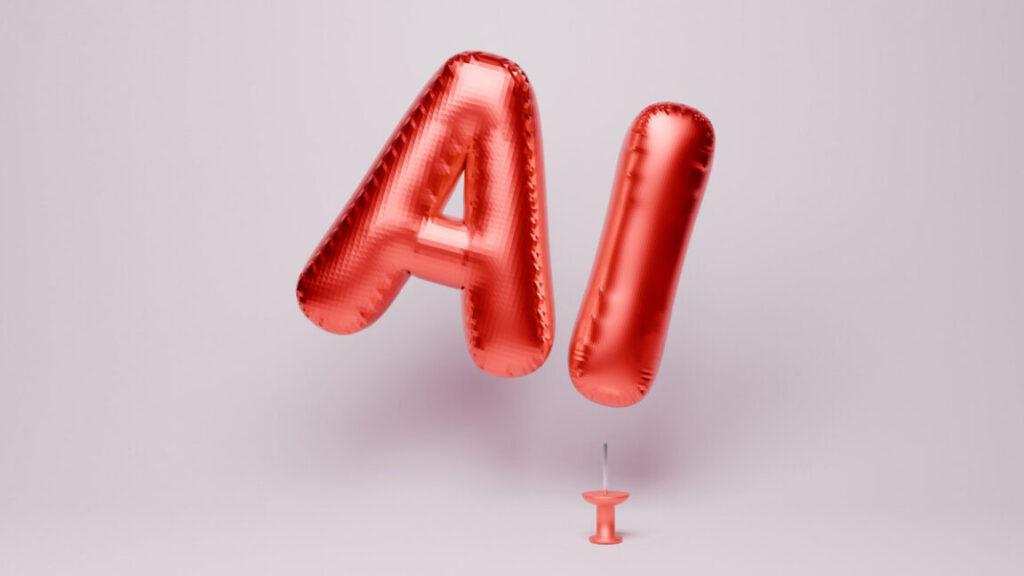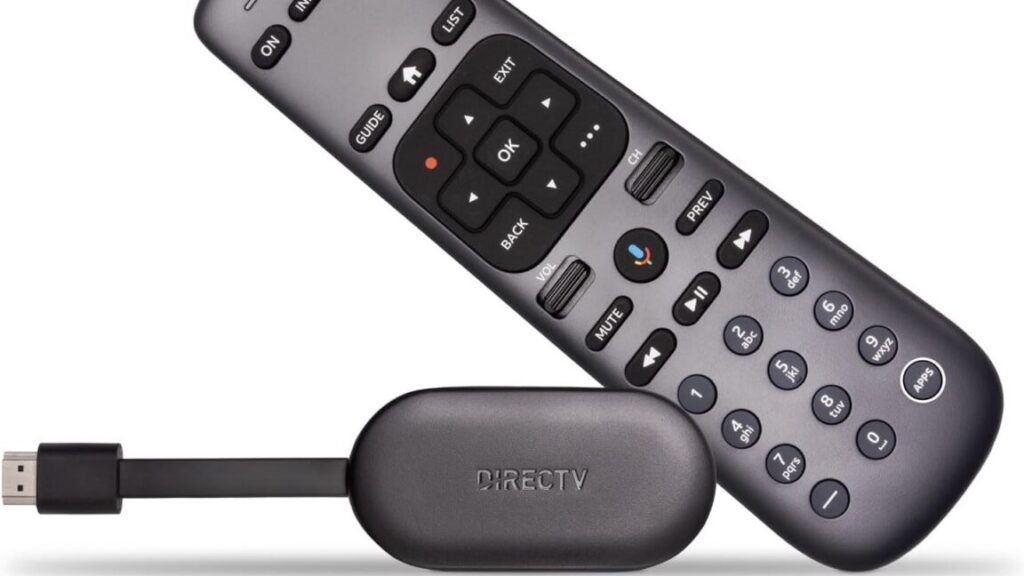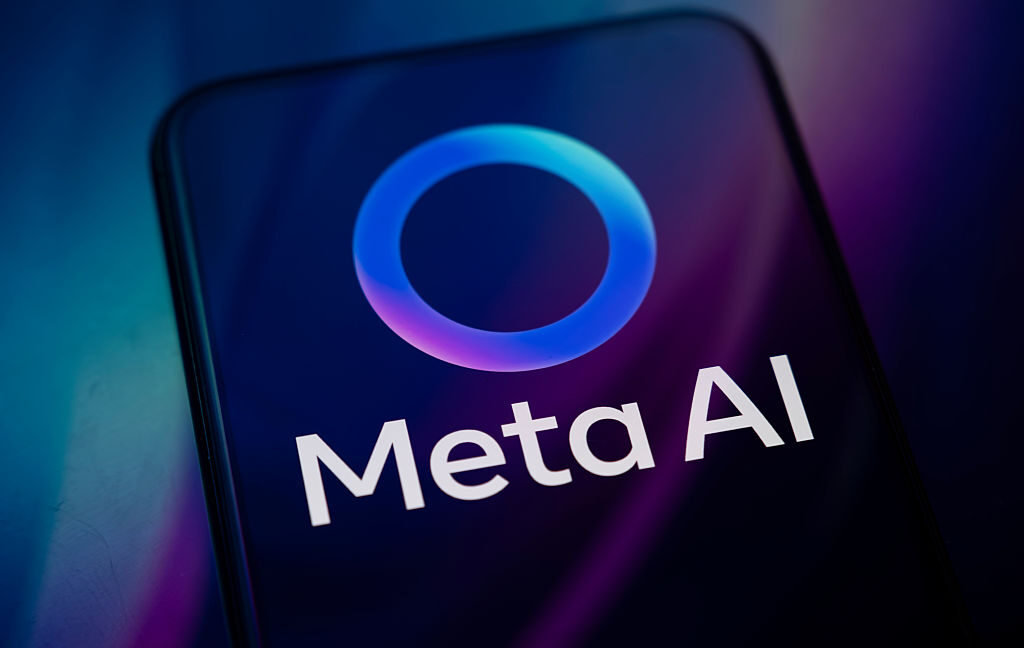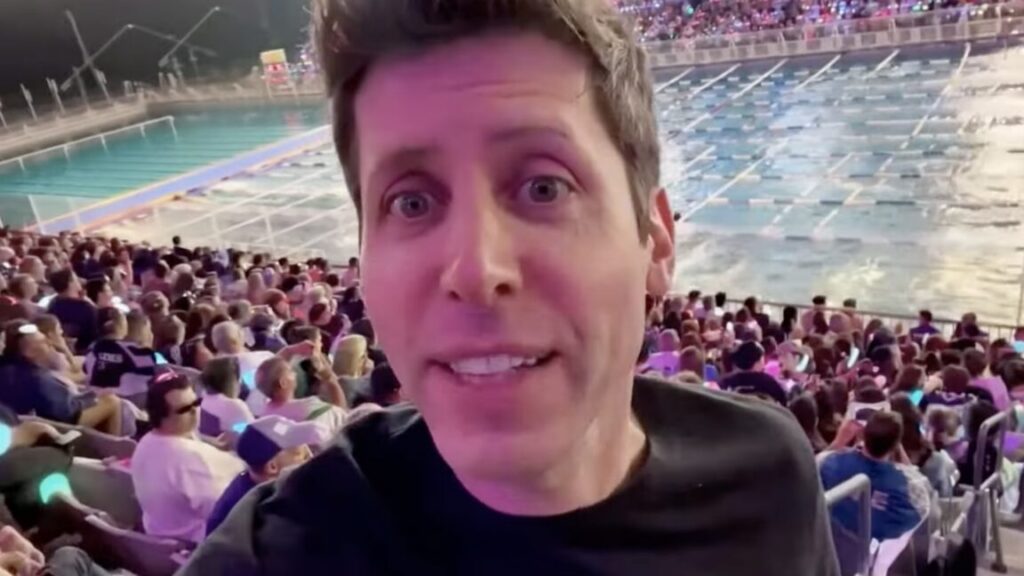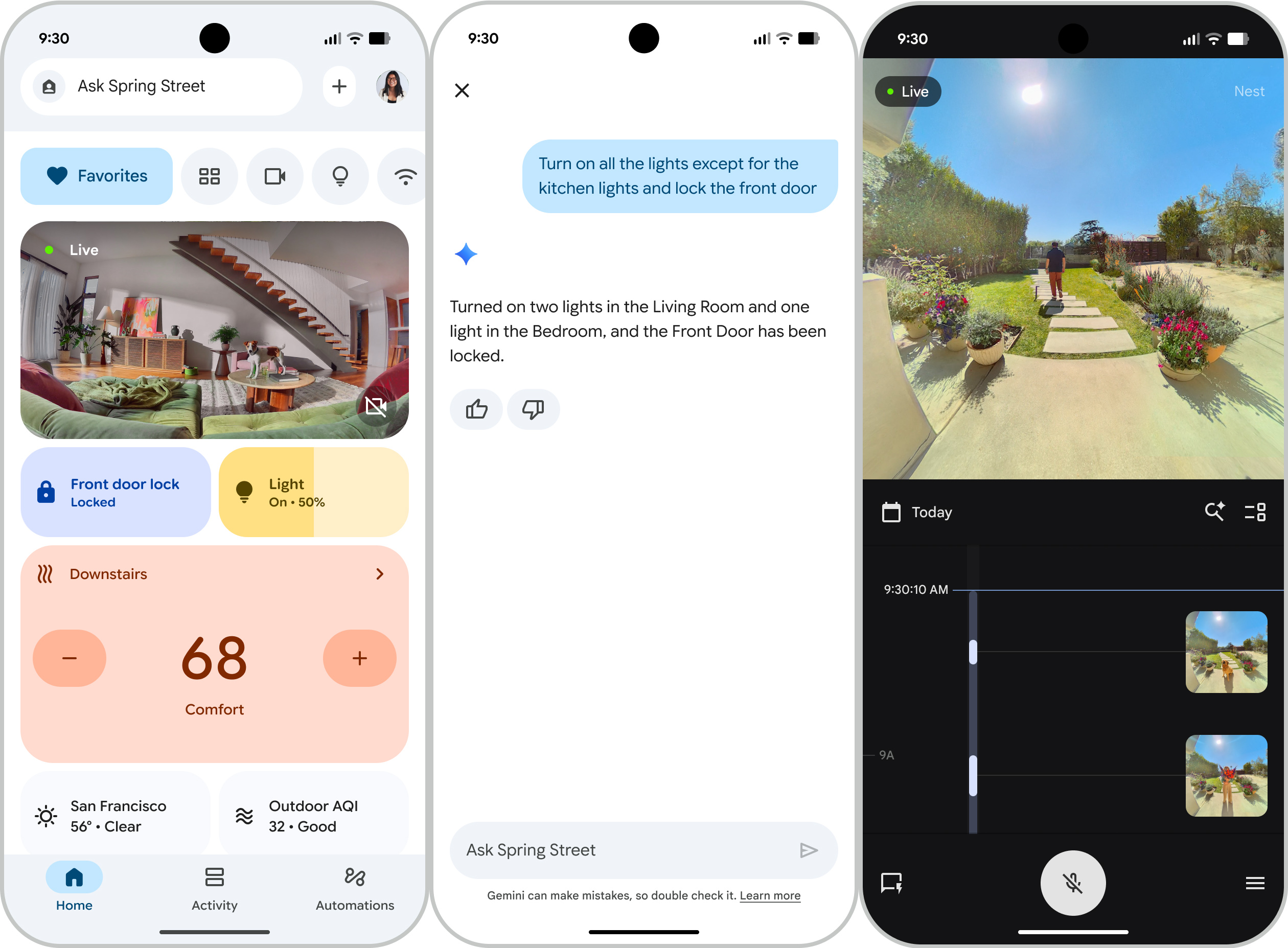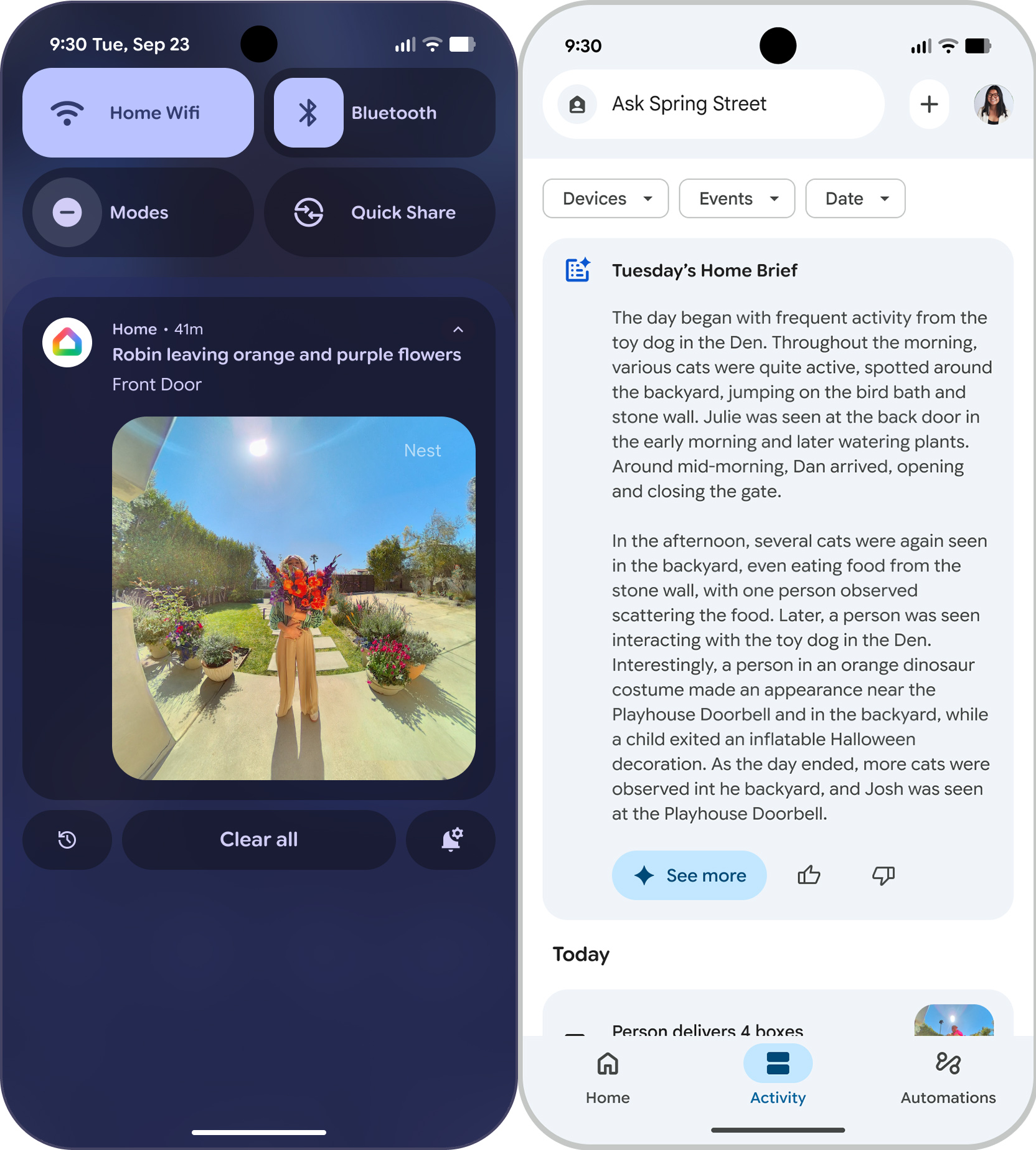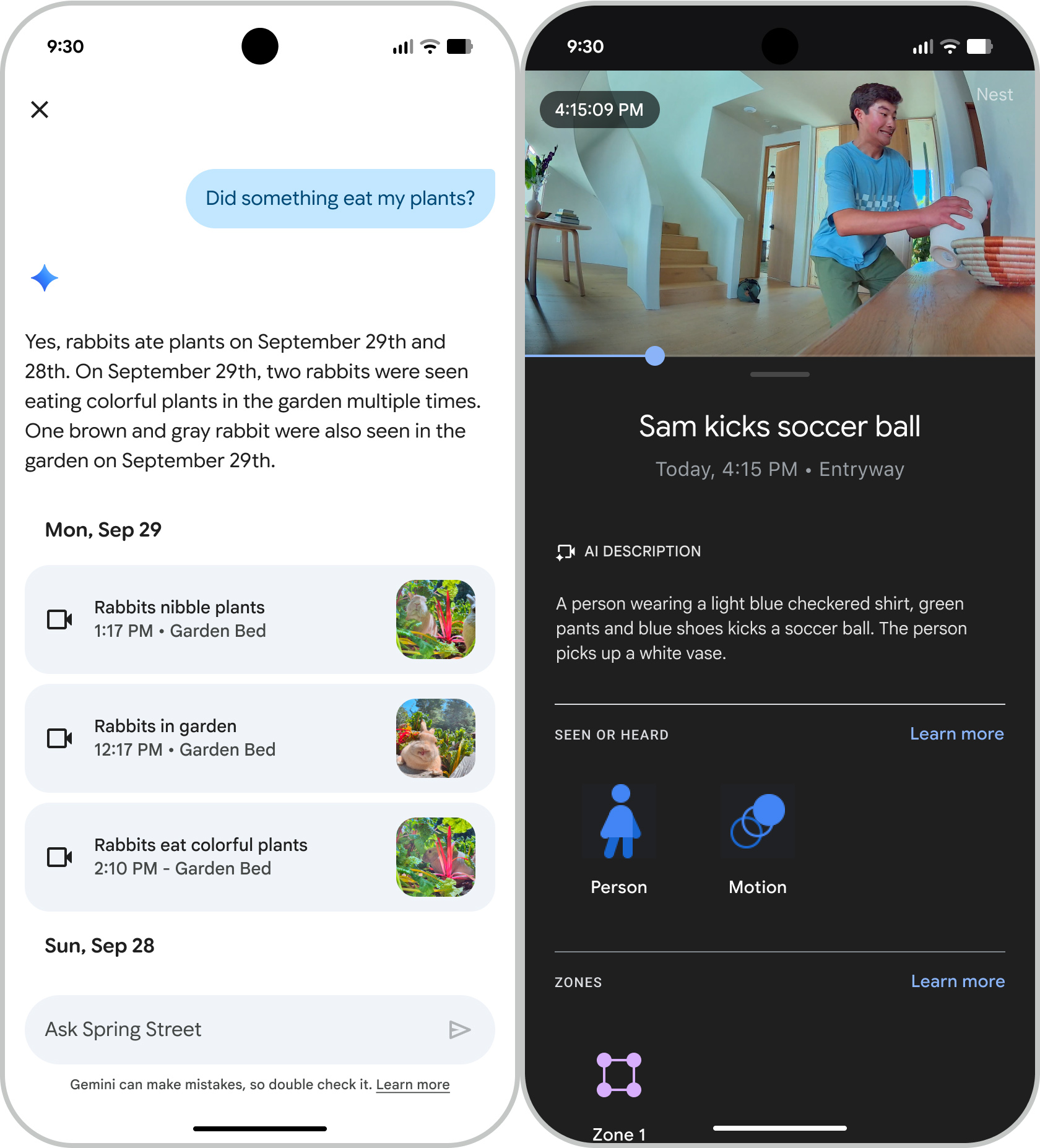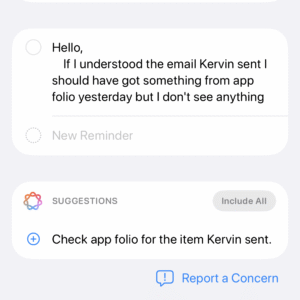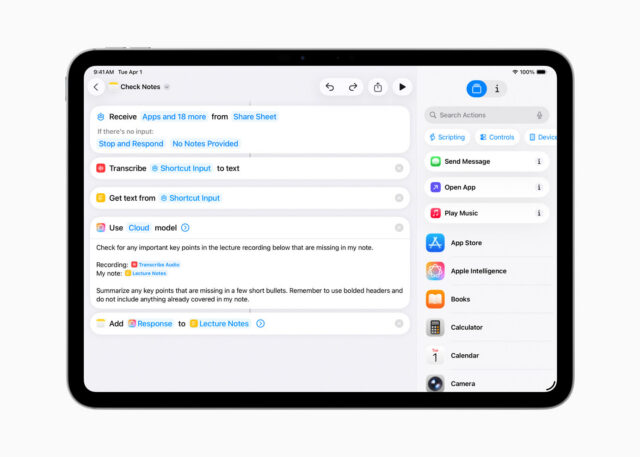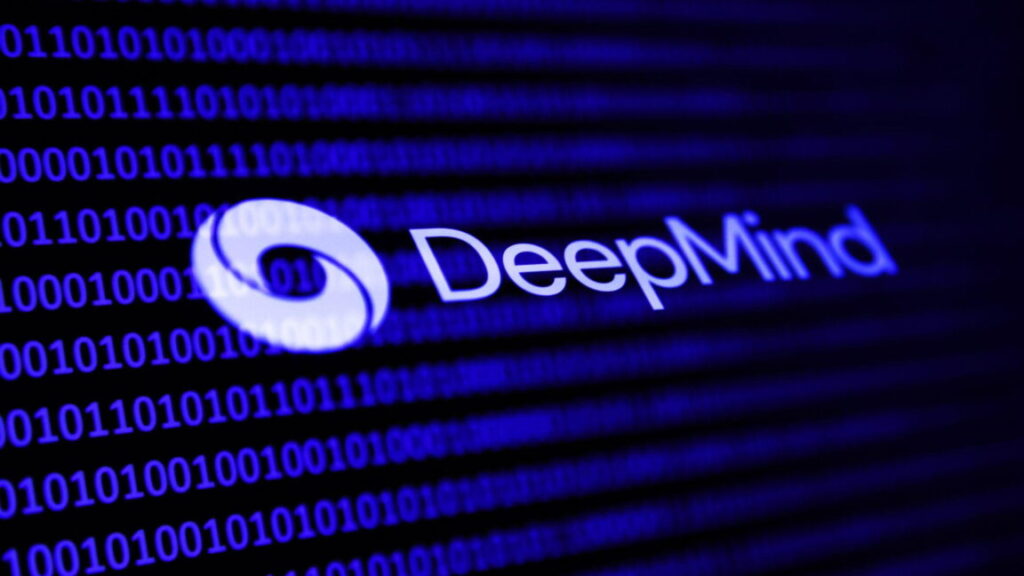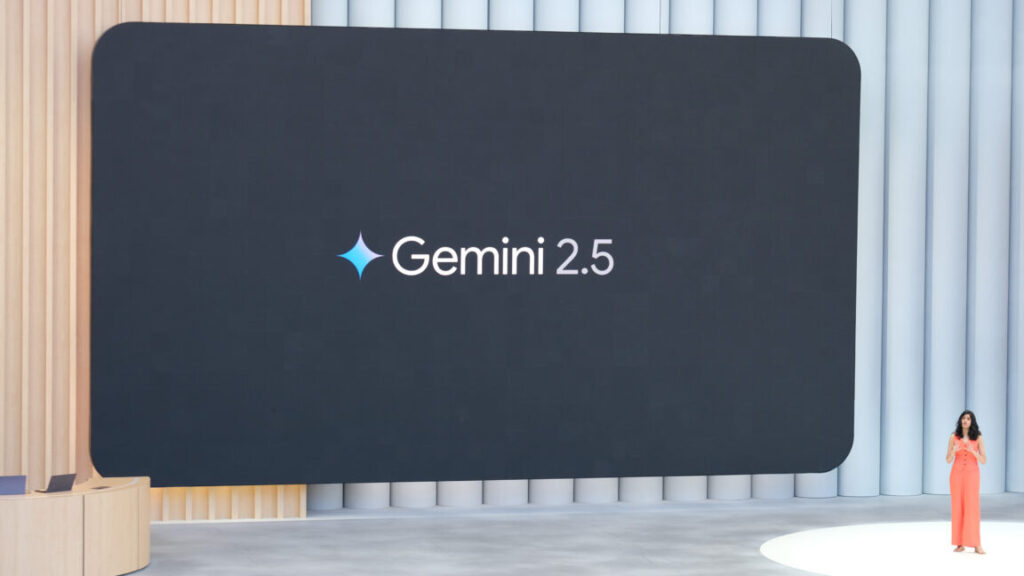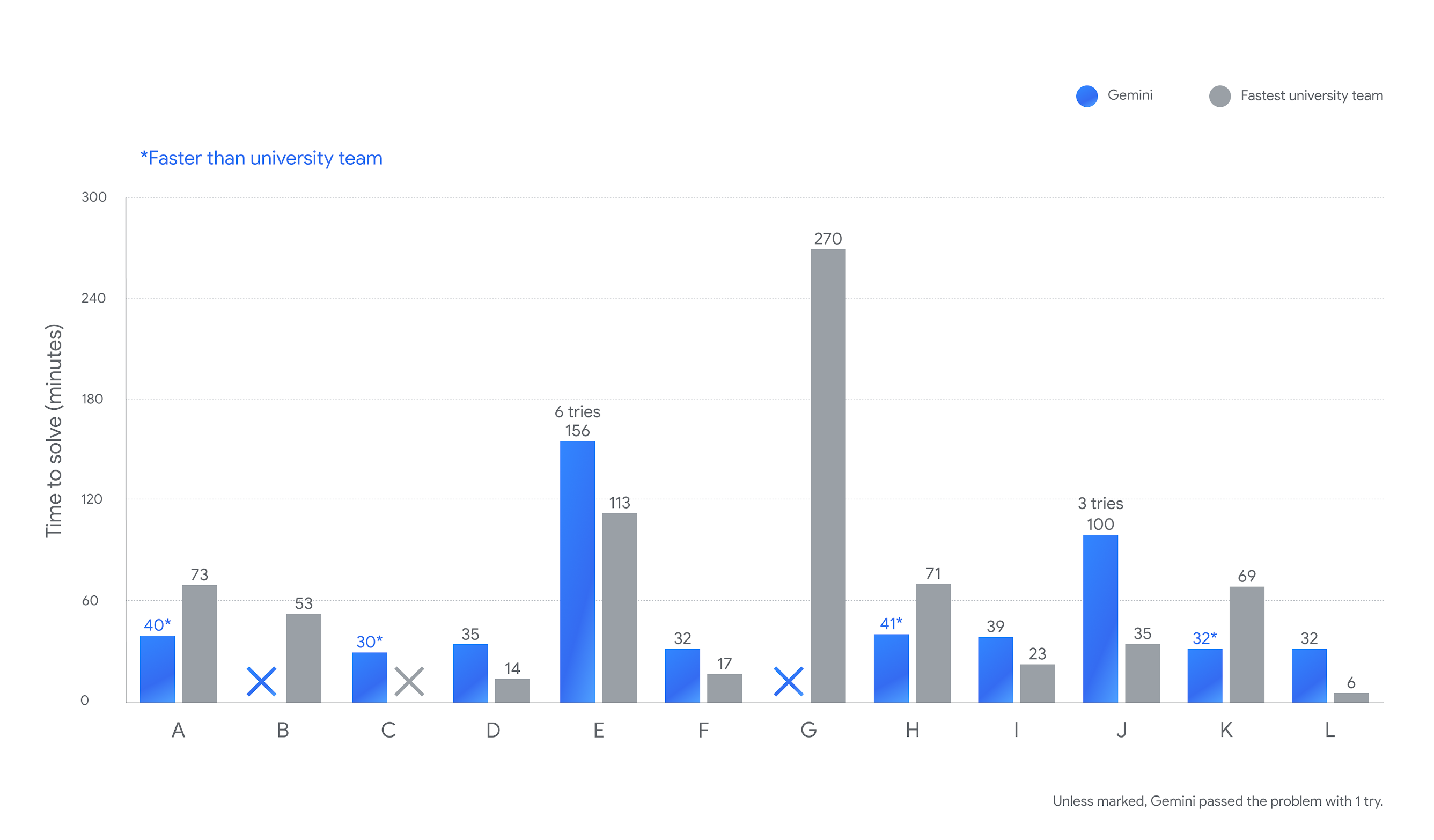OpenAI signs massive AI compute deal with Amazon
On Monday, OpenAI announced it has signed a seven-year, $38 billion deal to buy cloud services from Amazon Web Services to power products like ChatGPT and Sora. It’s the company’s first big computing deal after a fundamental restructuring last week that gave OpenAI more operational and financial freedom from Microsoft.
The agreement gives OpenAI access to hundreds of thousands of Nvidia graphics processors to train and run its AI models. “Scaling frontier AI requires massive, reliable compute,” OpenAI CEO Sam Altman said in a statement. “Our partnership with AWS strengthens the broad compute ecosystem that will power this next era and bring advanced AI to everyone.”
OpenAI will reportedly use Amazon Web Services immediately, with all planned capacity set to come online by the end of 2026 and room to expand further in 2027 and beyond. Amazon plans to roll out hundreds of thousands of chips, including Nvidia’s GB200 and GB300 AI accelerators, in data clusters built to power ChatGPT’s responses, generate AI videos, and train OpenAI’s next wave of models.
Wall Street apparently liked the deal, because Amazon shares hit an all-time high on Monday morning. Meanwhile, shares for long-time OpenAI investor and partner Microsoft briefly dipped following the announcement.
Massive AI compute requirements
It’s no secret that running generative AI models for hundreds of millions of people currently requires a lot of computing power. Amid chip shortages over the past few years, finding sources of that computing muscle has been tricky. OpenAI is reportedly working on its own GPU hardware to help alleviate the strain.
But for now, the company needs to find new sources of Nvidia chips, which accelerate AI computations. Altman has previously said that the company plans to spend $1.4 trillion to develop 30 gigawatts of computing resources, an amount that is enough to roughly power 25 million US homes, according to Reuters.
OpenAI signs massive AI compute deal with Amazon Read More »


